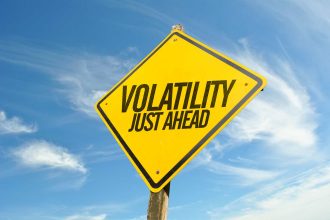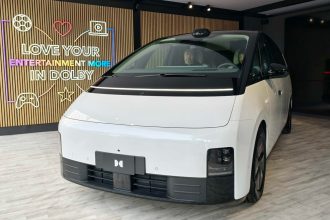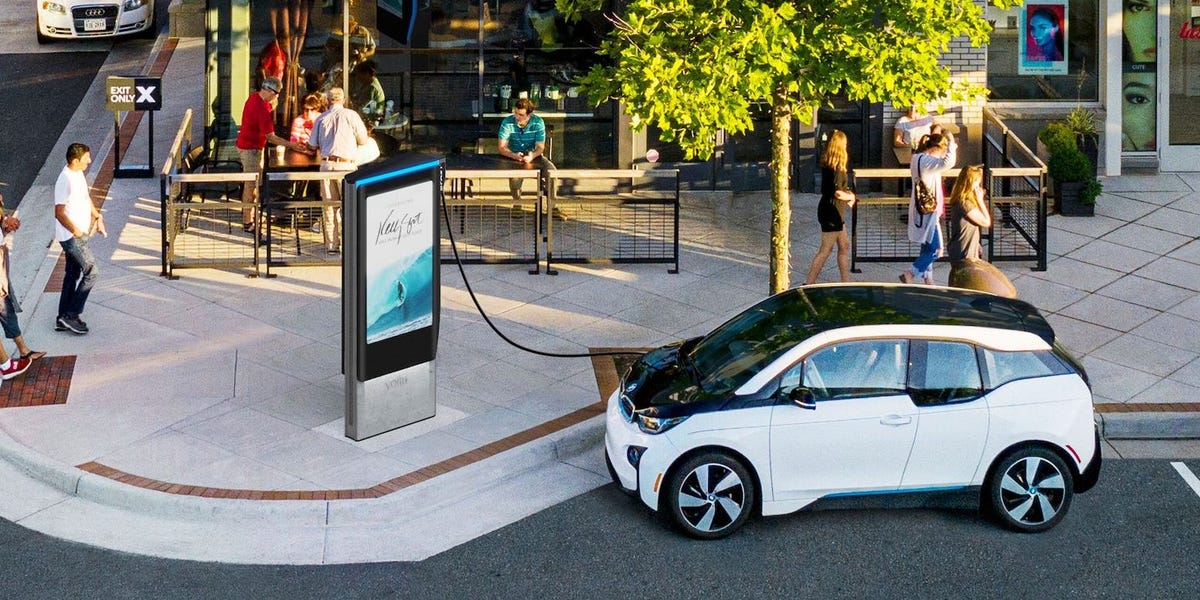- Charging a Tesla isn’t quite as straightforward as filling a gas tank.
- Recharging times can vary drastically depending on your vehicle and power source.
- You can either charge your Tesla at home, use one of their Superchargers, or a Destination charger.
Filling up a conventional car takes just a few minutes regardless of make, model, or whether you pull into a Citgo, Shell, or Sunoco. Charging an electric vehicle like a Tesla is a bit more complicated. There’s a laundry list of factors that can affect the time required to replenish a car’s battery pack. At the moment, it’ll take a good deal longer than five minutes no matter what.
A larger battery will generally take more time to fill up than a smaller one, all things being equal. Consider filling up a bucket versus a bathtub.
Extra hot or cold temperatures can also draw out charging times. So can the battery’s current state of charge as well the maximum electrical rates your car is designed to accept.
But, broadly speaking, the biggest determinant of charging speed is your power source: where the energy destined for a vehicle’s battery pack is coming from.
Charging your Tesla at home is the easiest — but slowest — way to fuel up
Charging your Tesla at home with a wall connector, which you can buy from Tesla for $475, can get you up to 44 miles of range for every hour plugged in. This must be installed by an electrician but works with most common household wiring and amperages.
You can also charge with a mobile connector plugged into any standard outlet — also sold by Tesla for $230 — and can add anywhere from three to 30 miles of range per hour, depending on your vehicle. As of April 2022, Tesla models no longer come with a mobile connector.
For a faster charge at home, you’ll want to install a 240-volt outlet like the kind used to power your dryer. These can deliver about 25 miles of range per hour, or a full charge in 8-10 hours.
Tesla recommends plugging in your car overnight while you sleep to top off the battery and charging up to 90%.
Charging away from home with Destination Chargers
Thousands of Tesla Destination Chargers are located at businesses like hotels, restaurants, and parking garages to use while out and about. They’re equivalent to wall connectors at home and aren’t as fast as Superchargers and can add the same 44 miles for every hour of charging.
As the name implies, Destination Chargers are designed more for the end of a trip or during an overnight stopover.
Destination Chargers are free, but since they’re usually installed by a business, there may be other fees required (like with regular parking).
Recharge at lightning speed with a Supercharger
Recharging your Tesla via a Supercharger is the closest you can get to gas-station-like refueling times.
The carmaker claims the Tesla Model S can add 200 miles of range in just 15 minutes using one of the company’s most powerful Superchargers. Model 3 and X can add 175 miles in 15 minutes at a Supercharger and Tesla Model Y can add 162 miles in 15 minutes.
Your mileage will ultimately vary depending on the power of the station and the amount of power a vehicle is designed to accept.
Supercharging is ideal for long trips, when you want to quickly plug in and get back on the road. It can put undue stress on a vehicle’s battery pack, though, so it may be advisable to lean on home charging if you can.
How long will a Tesla go on a full charge?
The range of Tesla vehicles varies based on model, but they average around 300 miles.
Tesla’s longest-range vehicle is the Model S which can go more than 400 miles on one charge. Tesla’s shortest-range vehicle is the Model 3 which can go 279 miles on a full charge.
If a Tesla runs out of battery, it won’t be without ample warning. The car’s computer will generally tell you to pull over immediately and either charge the car, or prepare to be towed to the nearest charging station.
If a vehicle runs completely out of battery, its on-board high-voltage battery — which enables it to convert AC power in your home to DC current to charge its main battery pack — won’t work either, so it will need to be started first before plugging into a charger, Tesla says.
Read the full article here





